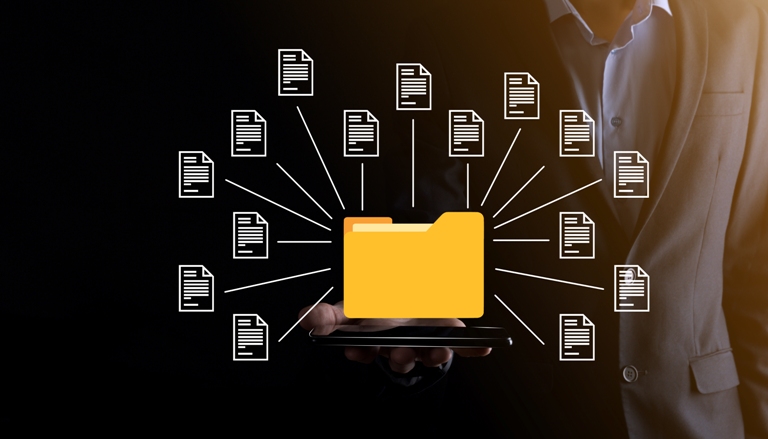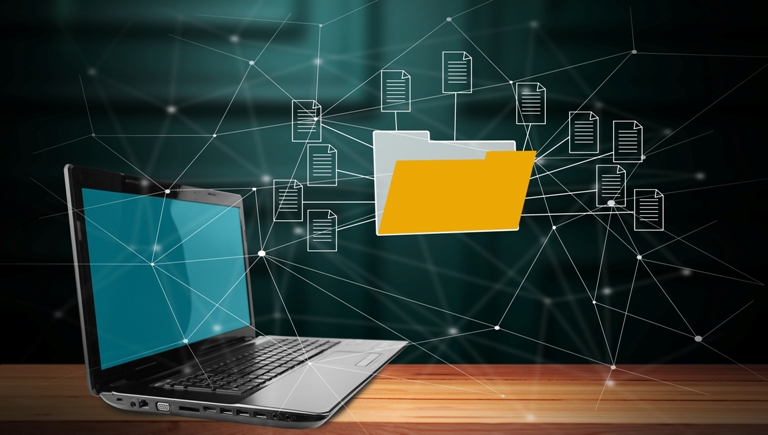Education Document Management Systems (EDMS) have revolutionized the way educational institutions manage and store documents. For students with special education needs, EDMS can be a game-changer, providing tailored support and improving educational outcomes. This article explores the critical role of EDMS in supporting special education needs.

Better Accessibility: Breaking Down Barriers
One of the most significant benefits of EDMS for special education is better accessibility. Students with special needs often need specific accommodations to access educational materials.
1. Digital Formats: EDMS allows documents to be stored in various digital formats, making it easier to convert them into accessible formats.
2. Remote Access: Students and educators can access documents from anywhere, ensuring that learning continues seamlessly, even outside the classroom.
3. Assistive Technology integration: EDMS can integrate with assistive technologies like screen readers and speech-to-text software, providing additional support for students with disabilities.
Streamlining Individualized Education Plans (IEPs): A Tailored Approach
Customized Education Plans are crucial for students with special needs. Managing these plans can be complex, but EDMS simplifies the process.
1. Centralized storage: All custom educational plan documents can be stored in a centralized location, making it easy for educators, parents, and specialists to access and update them.
2. Version control: EDMS ensures that the latest version of an IEP is always available, reducing confusion and ensuring consistency in the student’s educational plan.
3. Collaboration tools: Educators and specialists can collaborate in real-time, making it easier to develop and adjust IEPs based on the student’s progress.
Facilitating Communication: Bridging the Gap
Effective communication between educators, parents, and specialists is crucial for supporting students with special needs. The educational document management system plays a vital role in developing this communication.
1. Secure Messaging: EDMS includes secure messaging features, allowing confidential communication about the student’s needs and progress.
2. Document Sharing: Important documents, such as progress reports and assessment results, can be easily shared with all relevant parties.
3. Parental Involvement: Parents can access their child’s educational documents and stay informed about their progress, building a collaborative approach to education.
Improving Organization: Keeping Everything in Order
Managing the vast amount of documentation required for special education can be overwhelming. EDMS helps keep everything organized and easily accessible.
1. Categorization: Documents can be categorized and tagged, making it easy to find specific information quickly.
2. Search Functionality: Advanced search features allow users to locate documents using keywords, dates, or other criteria.
3. Automated Workflows: EDMS can automate routine tasks, such as sending reminders for IEP reviews or updating records, reducing administrative burdens.
Ensuring Compliance: Meeting Legal Requirements
Special education is subject to various legal requirements and regulations. EDMS helps ensure that schools remain compliant with these standards.
1. Audit Trails: Electronic document management systems maintain detailed audit trails, documenting who accessed or modified a document and when. This is crucial for accountability and compliance.
2. Secure Storage: Sensitive information is stored securely, protecting student privacy and meeting data protection regulations.
3. Regulatory Updates: EDMS can be updated to reflect regulation changes, ensuring that schools always meet the latest legal requirements.
Supporting Diverse Learning Needs: A Holistic Approach
Students with special needs often have diverse learning requirements. EDMS supports these needs by providing a flexible and adaptable platform.
1. Customizable Templates: Educators can create customized templates for lesson plans, assessments, and reports that are tailored to each student’s unique needs.
2. Resource Libraries: EDMS can store resources, such as instructional materials and support tools, that educators can access and use as needed.
3. Progress Tracking: Detailed tracking of student progress helps educators identify areas where additional support is needed and adjust their teaching strategies accordingly.
Conclusion
The role of education document management systems in supporting special education needs cannot be overstated. By improving accessibility, streamlining IEP management, building communication, improving organization, ensuring compliance, and supporting diverse learning needs, EDMS offers a comprehensive solution that empowers students with special needs to achieve their full potential. As technology continues to evolve, the impact of EDMS on special education will only grow, creating a more inclusive and effective educational environment.










